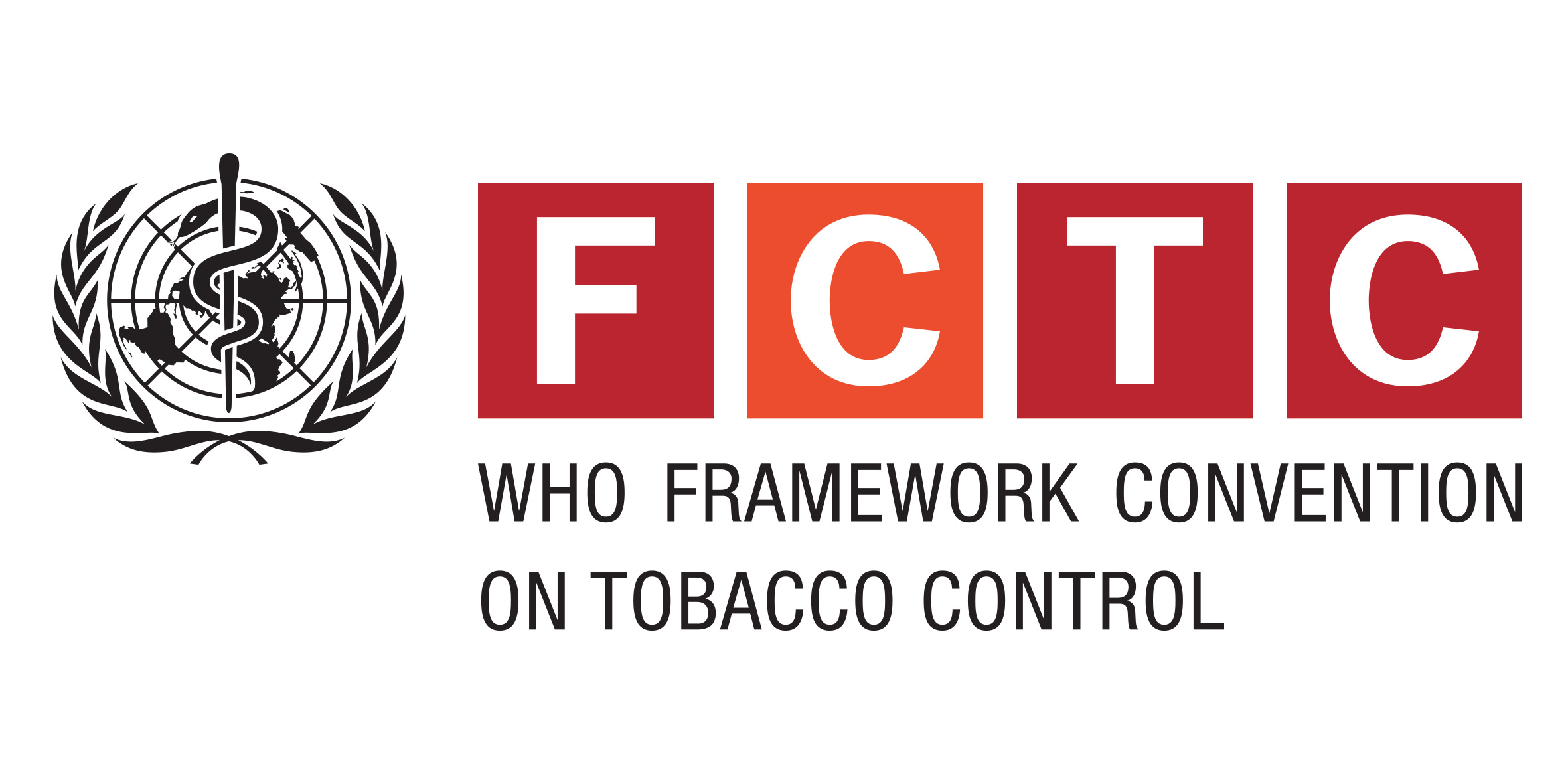Journal Article
Print(0)
The Journal of clinical pediatric dentistry
J.Clin.Pediatr.Dent.
Spring
19
3
181
183
LR: 20151119; JID: 9100079; 0 (Composite Resins); 0 (Dental Cements); ppublish
UNITED STATES
1053-4628; 1053-4628
PMID: 8611486
eng
Comparative Study; Journal Article; D
Unknown(0)
8611486
The purpose of this study was to compare the shear bond strengths and enamel surface morphology after debonding a polycrystalline ceramic bracket (Transcend 2000) bonded with a light-cured resin cement (Transbond) without enamel etching or by etching for 15 seconds with 10% or 37% phosphoric acid and 10% maleic acid. Forty extracted noncarious human premolars were used. The buccal enamel surfaces were used and the teeth randomly divided in to four groups of 10 teeth each: Group 1: No enamel etching; Group 2: Enamel etching for 15 seconds with 10% phosphoric acid; Group 3: Enamel etching for 15 seconds with 37% phosphoric acid; and Group 4: Enamel etching for 15 seconds with 10% maleic acid. The brackets were bonded to the etched enamel surfaces according to manufacturers' instructions except the etching time variations. All specimens were stored in distilled water for 24 hours and then thermocycled for 300 cycles between 5 degrees C and 55 degrees C. The specimens were mounted in dental stone and placed in the Instron at a crosshead speed of 0.5 mm/min using a knife-edged blade. Immediately after debonding, the enamel surface and bracket-enamel interface were evaluated visually and with a stereomicroscope. Representative samples were then examined with the SEM. ANOVA and Student-Newman-Keuls tests were performed. The results (in MPa) were: Group 1:11.83 (+3.9); Group 2: 28.80 (+12.6); Group 3: 26.25 (+5.3); Group 4: 18.06 (+6.9). Groups 2 and 3 were statistically significantly different (p<0.0001) from Groups 1 and 4. Groups 2 vs. 3 or 1 vs. 4 were not statistically different. Debonding occurred mainly at the bracket-resin interface in all groups, except Group 2 which displayed two samples with enamel cohesive failures and two fracturing the bracket. The SEM evaluation revealed that after debonding, the group etched with the 37% phosphoric acid gel had the roughest enamel surface and was the only group to present enamel fractures. Bracket bonding with unetched enamel and enamel etched with 10% phosphoric acid gel should be clinically investigated using the products tested.
Acid Etching, Dental/methods, Analysis of Variance, Ceramics, Composite Resins, Dental Bonding, Dental Cements/chemistry, Dental Enamel/ultrastructure, Dental Stress Analysis, Humans, Microscopy, Electron, Scanning, Orthodontic Brackets, Stress, Mechanical, Surface Properties, Tensile Strength
Garcia-Godoy,F., Martin,S.
Department of Pediatric Dentistry, University of Texas Health Science Center at San Antonio, Texas 78284-7888, USA.
http://vp9py7xf3h.search.serialssolutions.com/?charset=utf-8&pmid=8611486
1995

